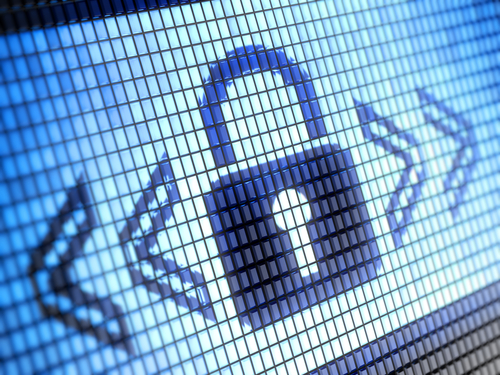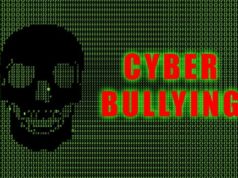
What is Cyber-Bullying in Schools?
Cyber-Bullying in Schools is classified as a harassing or insulting act that takes place as a result of the expression of abusive statements, expression, or actions undertaken by one individual to another individual through the implementation of electronic, virtual, and ‘online’-based means.
As its classification suggests, Cyber-Bullying in Schools takes place within an educational institution. The classification of the school in which Cyber-Bullying may take place ranges from Elementary Schools to Universities.
The grouping of a large amount of children, young adults, or teenagers within an encapsulated area is considered to attribute to manifestation of a wide variety of social dynamics. While the participation in scholastic programs account for academic and social enrichment, the existence of Cyber-Bullying in Schools is considered to be both a tragic and damaging byproduct of scholastic institutions.
Bullying in Schools vs. Cyber-Bullying in Schools
Although the bulk of scholastic institutions will typically regulate and monitor, as well as limit, the individual computer usage undertaken by the students in attendance, a large majority of Cyber-Bullying in Schools takes place subsequent to the end of the school day.
Social networking websites, as well as Internet ‘chats’, which are defined as programs allowing for virtual, interpersonal correspondence, promote the sharing and communication of speech, text, expression, and media within the respective realm of these activities.
Statistics released in the beginning of 2011 illustrate that both the usage and the collective reliance on social networking media websites undertaken by students has never been more prominent and unrivaled throughout the technological history of the United States of America.
Analytical Facts of Cyber-Bullying in Schools
The following facts illustrate the victims, activity, and nature involved in Cyber-Bullying in Schools:
Statistics show that the most common victims of Cyber-Bullying in Schools are between the ages of 11 and 13 years. Almost 90% of children between 11 and 13 years of age have reported victimization of Cyber-Bullying. However, the span of Cyber-Bullying in Schools is in no way limited to Middle Schools.
Almost 10% of university students have reported victimization as a result of Cyber-Bullying in Schools. In October of 2010, Tyler Clementi, a student at Rutgers University in New Jersey, took his own life as a result of his victimization at the hands of bullies.
Cyber-Bullying Statistics explain that female children are almost 50% more likely to become victimized by Cyber-Bullying than their male counterparts. While reports show that male-targeted Cyber-Bullying in Schools typically results in physical attack and assault, female victims are most commonly bullied through the use of the Internet.
Assistance for Victims of Cyber-Bullying in Schools
Individuals who have been the victims of Cyber-Bullying in Schools, as well as those who have been made aware of events of Cyber-Bullying in Schools, are encouraged to contact the National Crime Prevention Council through their telephone number: (202) 466-6272. In the event that an individual wishes not to be named, reports of Cyber-Bullying can be conducted anonymously.
Cyber-Bullying Statistics (2010) demonstrate that Cyber-Bullying is a very real and growing concern within modernity. These tragic events do not have to be repeated because help is available. No one deserves to be victimized.































